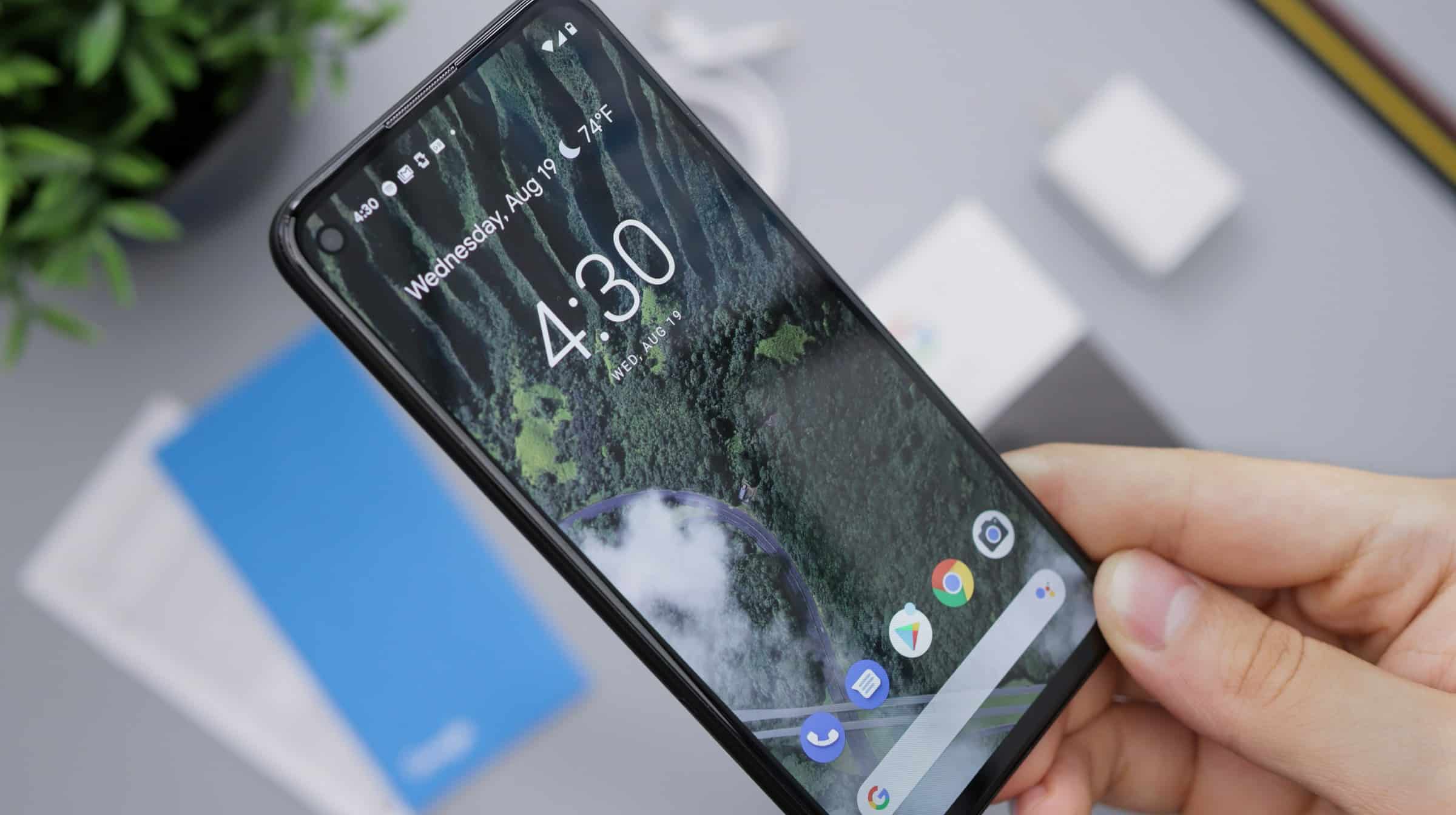
What Are the Techniques for Improving the Audio Quality of Voice Memos on Smartphones?
In today's fast-paced world, smartphones have become indispensable tools for capturing quick voice memos, recording interviews, or even producing podcasts. However, achieving high-quality audio on your smartphone can be tricky. By understanding the best techniques for improving the audio quality of your voice recordings, you can elevate your recordings to a professional level. This article will explore practical tips and tricks to achieve studio-like sound using your smartphone.
The Importance of a Good Microphone
When it comes to audio recording on a smartphone, the microphone is the starting point. The built-in mics of most Android devices and iPhones are decent, but for truly exceptional sound quality, an external microphone is recommended. These mics are designed to capture a broader range of frequencies, resulting in a more nuanced and accurate recording.
A lire en complément : How Can You Use NFC for Quick and Secure Smartphone Payments?
Why External Microphones Matter
External microphones come in various shapes and sizes, offering different benefits depending on your specific needs:
- Lavalier mics: Small, clip-on mics ideal for interviews and vlogs.
- Shotgun mics: Designed for directional audio capture, perfect for video recordings.
- USB mics: Easy to connect and use, offering professional-grade audio quality.
Investing in a good external microphone can drastically improve the audio quality by minimizing background noise and capturing a clearer, richer sound. Brands like Rode, Shure, and Blue offer excellent microphones that are compatible with both Android and iPhone devices.
Dans le meme genre : How to Use Your Smartphone as a Digital Measuring Tool for Home Projects?
Microphone Placement
Where you place your microphone can have a significant impact on the recording quality. Aim to position the mic about 6-12 inches from your mouth. Ensure the microphone is not too close, as this can cause distortion, nor too far, as this can pick up more ambient noise. By experimenting with different placements, you can find the sweet spot for high-quality recordings.
Optimizing Your Recording Environment
The environment in which you record audio plays a significant role in determining the overall quality audio. Factors like background noise, room acoustics, and even the type of surfaces can affect your recordings.
Choosing the Right Location
Select a quiet location free from distractions and background noise. Rooms with lots of fabrics, such as carpets, curtains, or upholstered furniture, tend to absorb sound better, minimizing echoes. Avoid open spaces or rooms with hard, reflective surfaces like tiles or glass, as they can cause sound to bounce, creating unwanted reverberations.
Soundproofing Tips
If you frequently record audio in the same space, consider making some adjustments to enhance the acoustics:
- Foam panels: Acoustic panels can dampen sound and reduce echo.
- Blankets and pillows: Drape blankets over hard surfaces and use pillows to absorb sound.
- DIY vocal booth: Construct a simple vocal booth using a closet or corner of your room. Line it with foam or heavy blankets to minimize external noise.
Airplane Mode and Notifications
Before hitting the record button, switch your phone to airplane mode to prevent incoming calls and notifications. This simple step ensures that your recording session won't be interrupted, maintaining consistent audio quality throughout.
Using Quality Recording Apps
While the default recording apps on smartphones are convenient, specialized recorder apps offer features that can significantly enhance your audio recordings.
Best Recording Apps for iPhone and Android
Several recording apps are designed to offer superior audio quality and additional functionalities:
- Voice Memos (iPhone): Simple, user-friendly, and effective for basic recording needs.
- Hindenburg Journalist: Ideal for journalists, podcasters, and broadcasters, offering advanced editing features.
- RecForge II (Android): A powerful app with a range of customization options including bitrate adjustment and stereo recording.
These apps not only provide high-quality recordings but also allow for post-recording editing, noise reduction, and file organization.
Advanced Features
Premium recording apps come with advanced features like:
- Noise reduction: Automatically reduces background noise during recording.
- Gain control: Allows you to manually adjust the recording levels.
- Multi-track recording: Enables recording multiple audio tracks simultaneously, perfect for interviews or music production.
By leveraging these advanced features, you can achieve high-quality recordings that rival professional studio setups.
Practical Tips for Better Audio Quality
Improving audio quality isn’t just about having the right equipment or location; it’s also about following best practices during the recording process.
Consistent Volume Levels
Maintaining consistent volume levels is crucial for clear and high-quality audio. Speak at a steady volume and avoid sudden changes in pitch or loudness. If possible, use the manual gain control feature on your recorder app to ensure the audio levels remain balanced.
Monitor Your Recordings
Use headphones to monitor your recordings in real-time. This allows you to catch issues such as unwanted noise or distortion immediately. Many recording apps offer this feature, enabling you to make adjustments on the fly.
Post-Processing and Editing
Even with the best preparation, some imperfections might still creep into your recordings. This is where post-processing comes in. Use editing software like Audacity, Adobe Audition, or GarageBand to:
- Trim and cut: Remove unnecessary sections to tighten the recording.
- Equalize: Adjust the balance of frequencies to enhance clarity.
- Compress: Normalize volume levels to ensure a consistent listening experience.
- De-noise: Filter out any remaining background noise for a cleaner sound.
Achieving high-quality audio recordings on your smartphone is a blend of using the right equipment, optimizing your recording environment, and employing effective techniques during and after recording. By investing in a good external microphone, selecting the right recording app, and following best practices, you can produce quality audio that meets professional standards. Whether you are capturing a quick voice memo or producing a podcast, these techniques will help you achieve superior audio quality on your smartphone.
Remember, high-quality recordings start with preparation. So, fine-tune your recording environment, choose the right tools, and follow these expert tips to elevate your audio projects. Your listeners will undoubtedly appreciate the effort you put into delivering clear and professional-sounding recordings.
